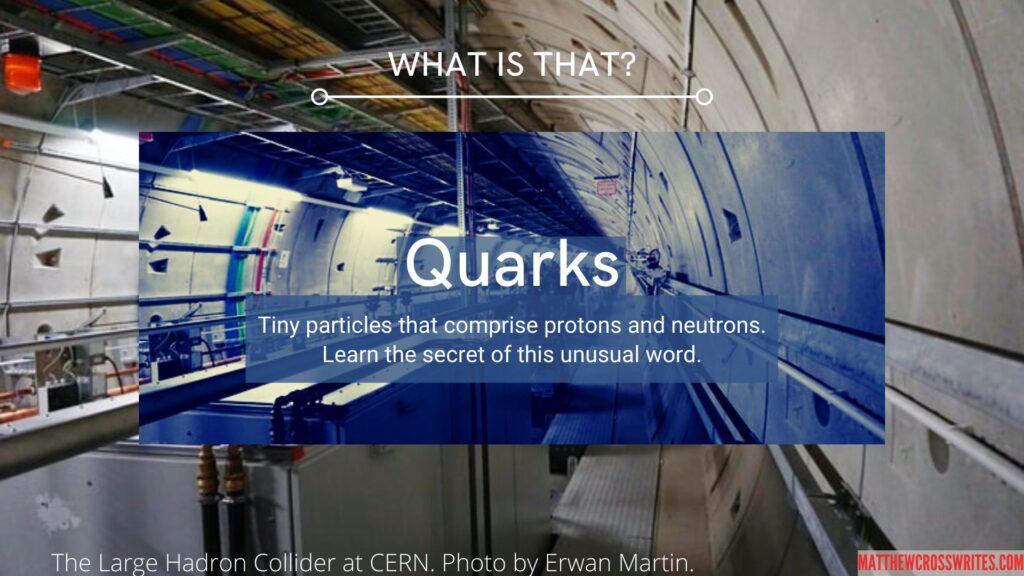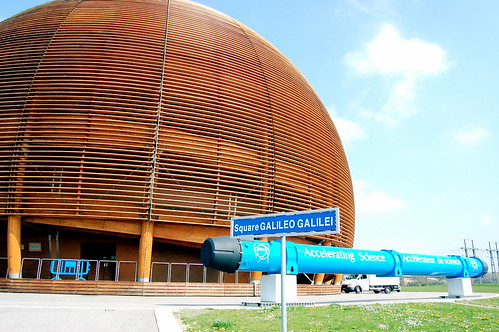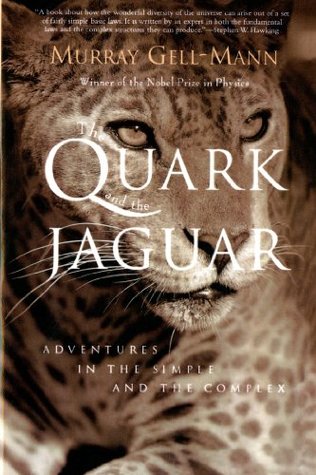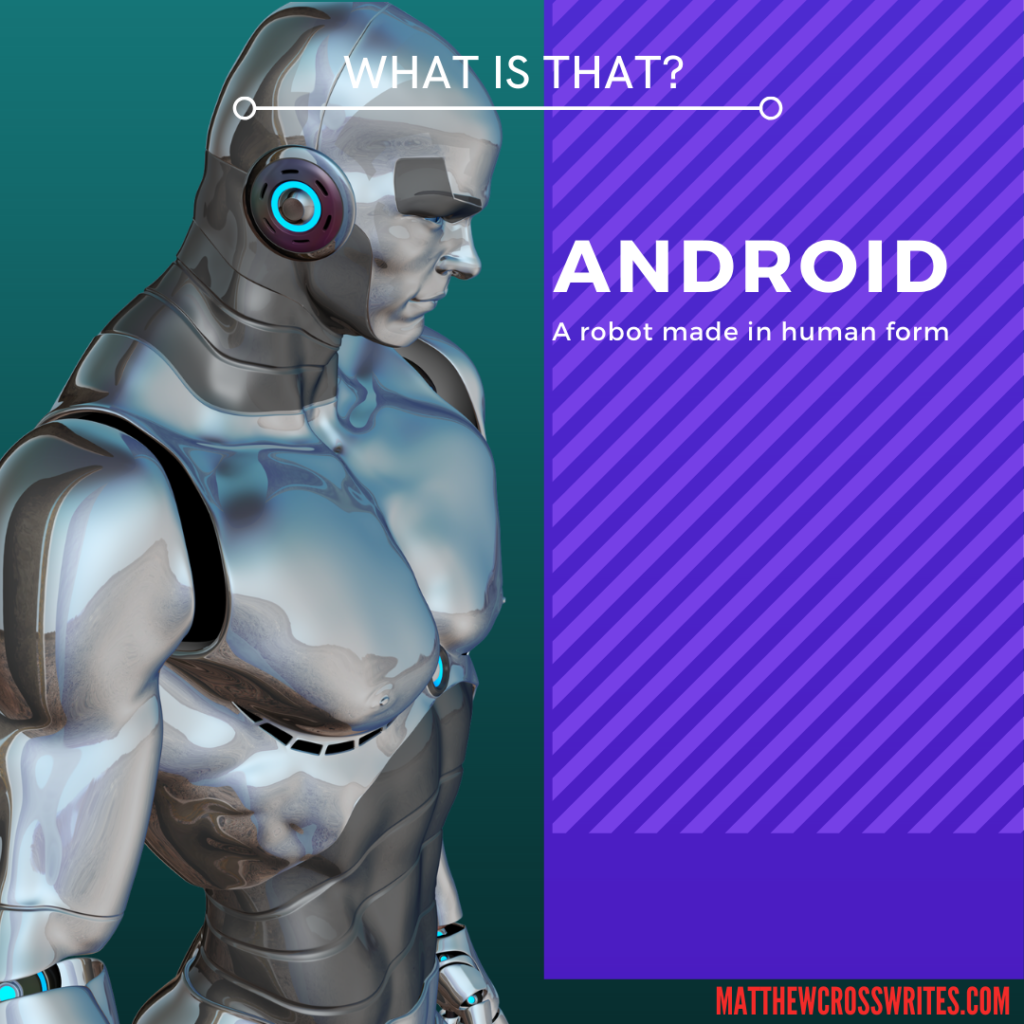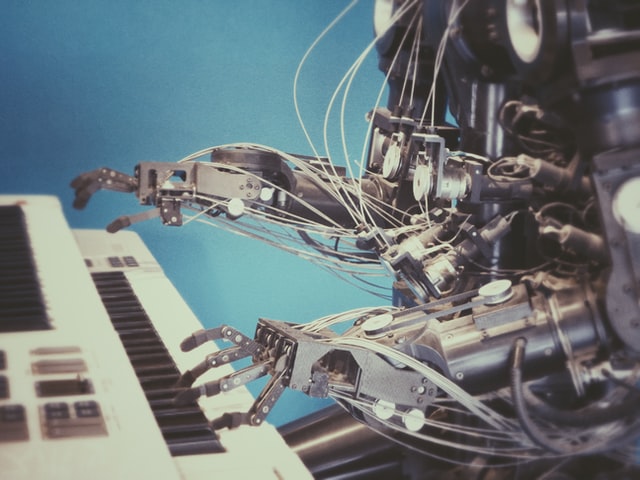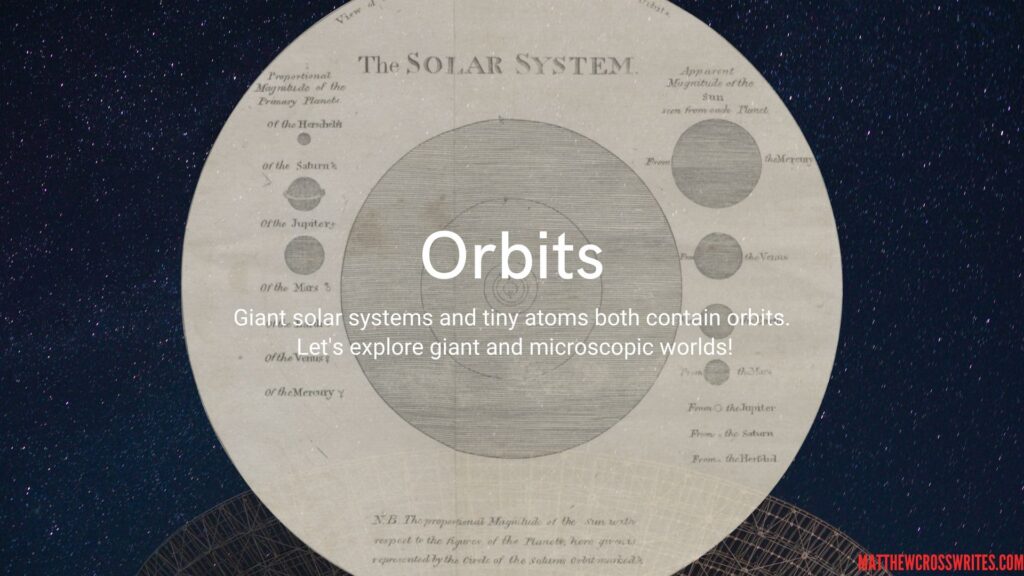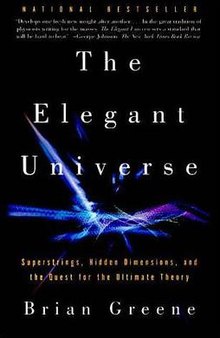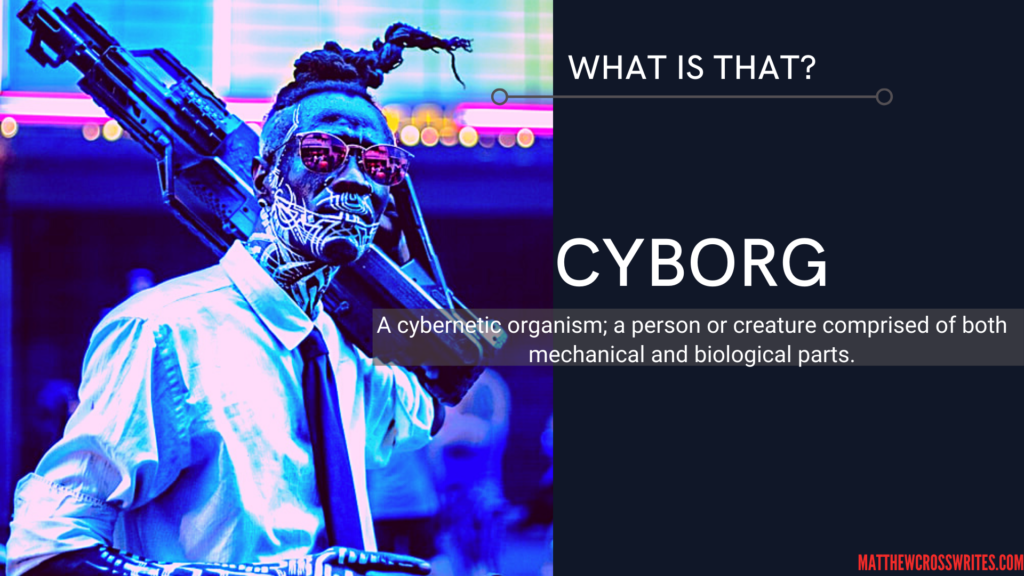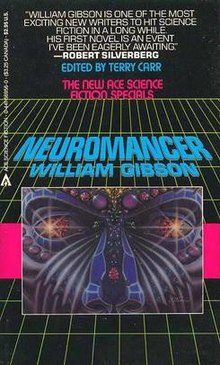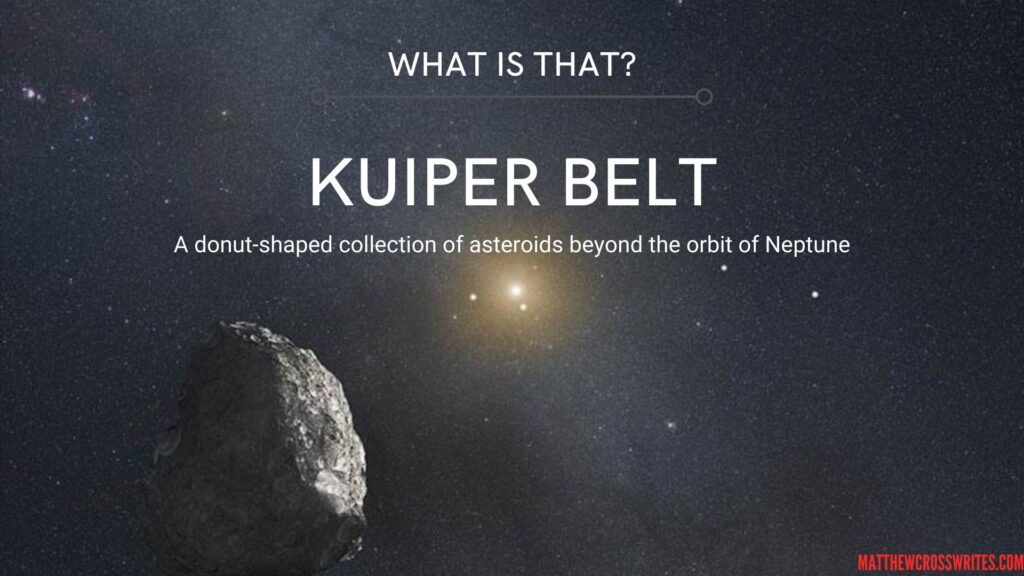
Kuiper Belt–a donut-shaped collection of asteroids beyond the orbit of Neptune
Where is the Kuiper Belt located?
The Kuiper Belt orbits around the sun just beyond the orbit of Neptune. It covers a vast region of space starting about 2.7 billion miles (4.4 billion kilometers) from the sun. It stretches to about 9.3 billion miles (14.9 billion kilometers) away from the sun.
Here’s another way of thinking about it. The distance from the sun to the Earth is described as 1 atomic unit (AU). The Kuiper Belt stretches from 30 AU to 100 AU from the sun. That means the distance from the inside edge of the Kuiper Belt to its outside edge is much wider than the region inside the Kuiper Belt, the region from the sun to Neptune! (Compare that to the Asteroid Belt, which is only 140 million miles wide.)
If you have ever seen a model of the solar system, you know the eight planets all travel in the same plane around the sun. Their orbits–the paths they take–look like a disc (or flat plate) of rings around the sun. The Main Asteroid Belt also orbits around the sun, between the orbits of Mars and Jupiter, along this same plane. The Main Asteroid Belt is flat.
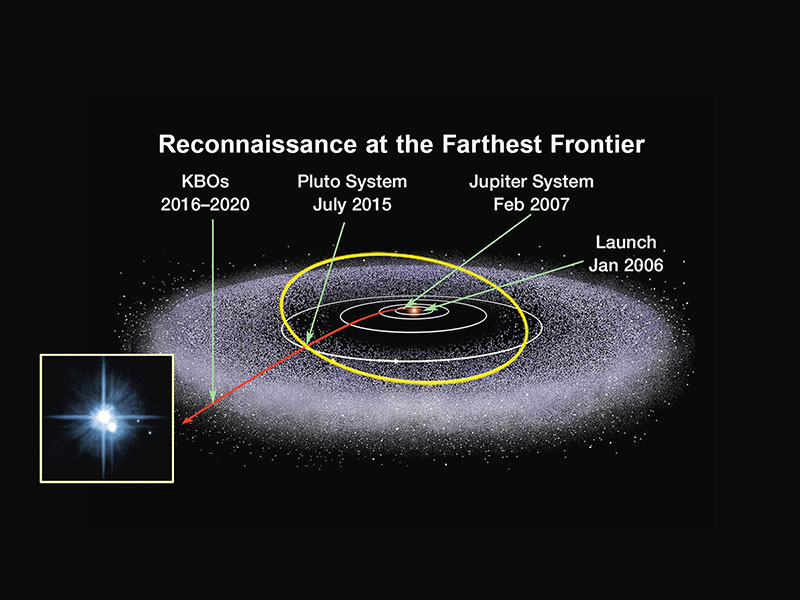
Unlike the Main Asteroid Belt, the Kuiper Belt is not flat. It is donut-shaped with icy bodies orbiting the sun above and below the plane or disc formed by the orbits of the planets.
[Compare the orbits of planets and the orbits of electrons in atoms!]
What can be found in the Kuiper Belt?
The largest object in the Kuiper Belt is the dwarf planet Pluto. Astronomers once called Pluto a planet, but in 2006 it was reclassified as a dwarf planet. Like other planets, it orbits the sun and it has enough mass to have formed a round shape, instead of the bumpy, irregular shape of an asteroid. But Pluto’s gravity has not cleared a path through Pluto’s orbit of asteroids and other bodies.
Most of the objects floating in the Kuiper Belt are small clumps of rock and ice. These are ancient remnants left over from the formation of our Solar System.
Asteroids in the Kuiper Belt and the Main Asteroid Belt come in many shapes and sizes. There is even a snowman-shaped asteroid in the Kuiper Belt named Arrokoth.
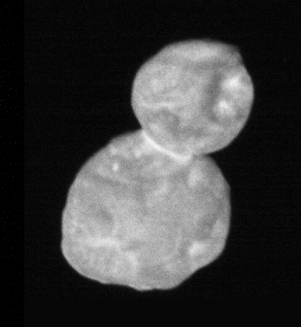
NASA has a great interactive web page dedicated to the Kuiper Belt.
Colonize the Kuiper Belt!
You finally have the ships, the fuel and your team in place to colonize this cold, distant part of the Solar System. What will you do there? How will you make a living?
- Mine for metals?
- Collect ice water for other space colonies?
- Act as a guide for adventurous vacationers?
Please post your comments below.
Be stellar!
Matthew Cross



